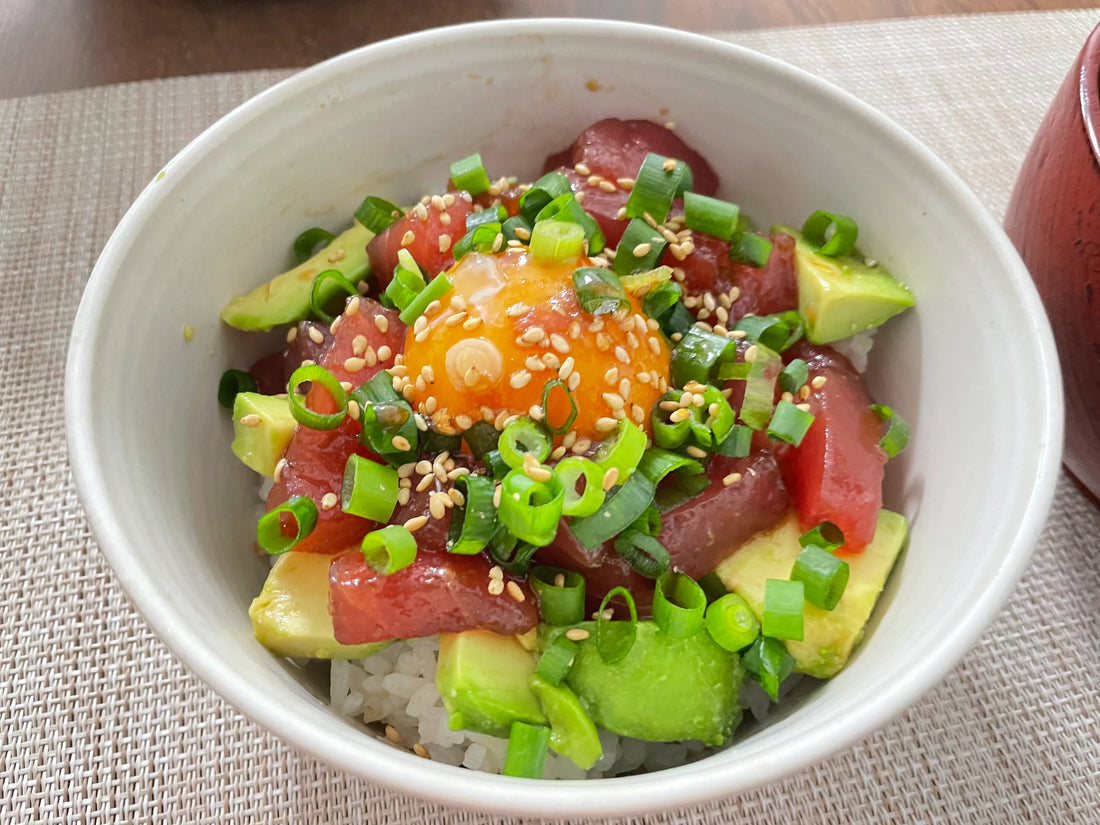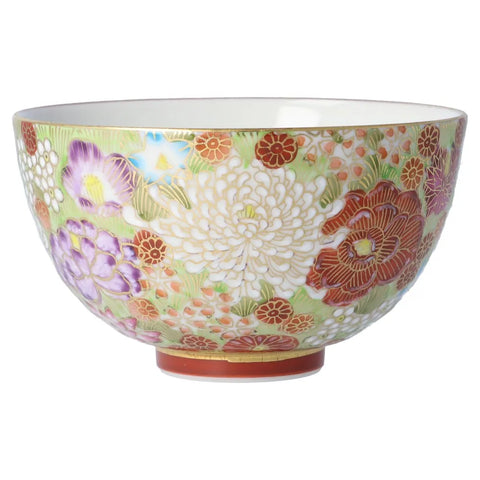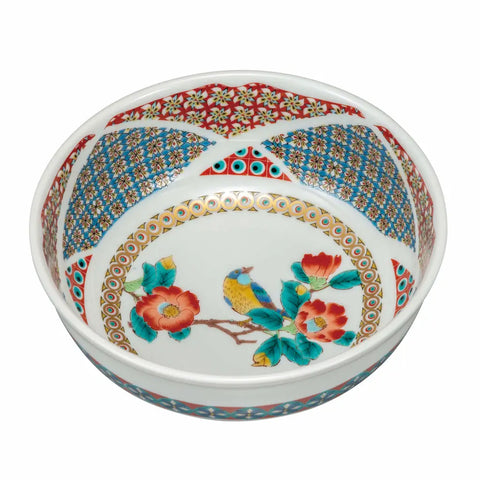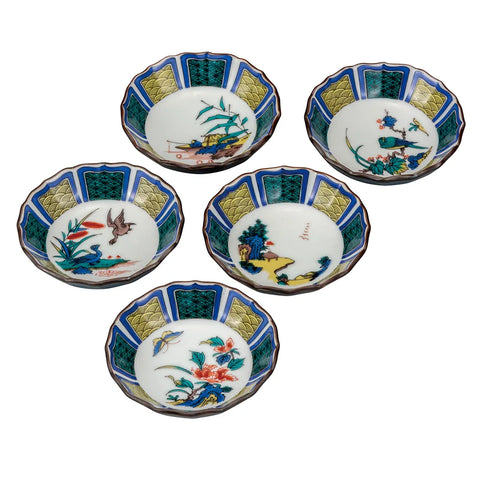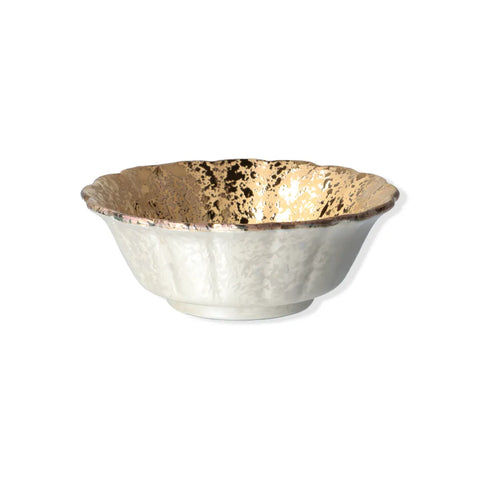This is a recipe for tuna kobachi, a small bowl of tuna and avocado mixed with a slightly spicy sauce. This dish offers traditional Japanese flavors and makes the meal even tastier. With miso soup, the dining table becomes even more comfortable.
-way of making-
<Total time : 20 mins>
<Ingredients for 2 servings>
-[Step1] Add sauce ingredients and mix.
-[Step2] Cut tuna into about 2 cm cubes.
-[Step3] Marinate the tuna in the sauce
-[Step4] Cut the avocado and tuna into about the same size
-[Step5] Place avocado and tuna on top of rice, then add egg yolk on top of that, sesame seeds and green onions on top of that!

